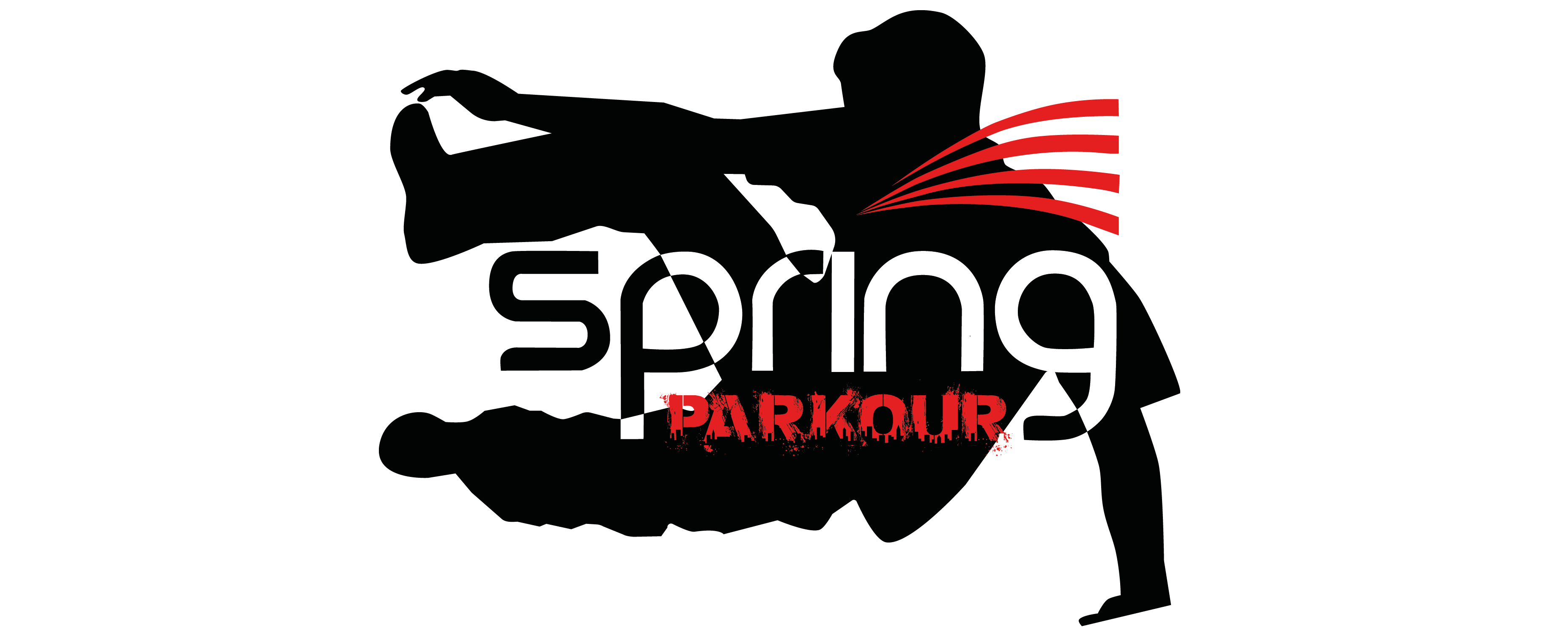What is Parkour? A little history lesson…
The earliest form of Parkour in history was defined by Georges Hebert, a naval officer in the French army who served both during World War I and World War II. Because he was a soldier, he often traveled to Africa, where he was impressed by the efficient, flowing athletic movements of most of the African tribes he visited. After he had returned to France, he began to develop a method of natural movement for officers serving in the military, in which both men and women were trained to move efficiently and fluently around a wide variety of obstacles in their path. The discipline called ‘method natural’ started to be regularly taught in the military, setting the stage for the later development of Parkour.
The most well-known founding figure of Parkour is David Belle, who learned about the method naturelle discipline from his father back in the 1980s. The group he trained in came up with the term ‘parkour’ which came from ‘parcours du combattant’, an obstacle course used to train soldiers of the French military. Parkour is also acknowledged as ‘l’art du placement’, which is French for “the art of displacement,” and some people just call it “PK.” A person who practices Parkour is generally known as a traceur, or a traceuse if female.
Parkour is:
- non competitive sport that requires physical and mental discipline.
- The ability to move with confidence of all terrain using physical movement
- Have the technical skill to traverse, run, jump, climb and use quadrupedal movement.
- The development of strength, balance, agility, coordination, precision, spatial awareness and overall physical and mental fitness.
Other areas of the sport are important to the development of the Traceur. Parkour is not just about the physical development of skills it also follows a path in line with many martial arts.
Parkour develops:
- Confidence
- Determination
- Responsibility and discipline
- Humility and respect
- Self expression
- Discovery and the importance of play
- An understanding of community spirit and the surrounding environment.
Modes of movement that are studied:
- Running – sprinting, distance approach and take off and exiting.
- Passing – Vaults and wall runs.
- Jumping – Running, standing, precision and drops.
- Arm jumps – Straight, returns and level ups.
- Through movements – Underbars and dives.
- Rolling – Breakfalls, drops and dives.
- Stepping – Tic-Tac and balancing.
* Please note that all participants and parents are required to read the Spring code of conduct before they sign up to a be a parkour practitioner.
Head Coach: Paul (Herb) Sprong – ADAPT Parkour U.K. Level 1, Mens Artistic Gymnastics Level 1 – currently studying for Level 2, FreeG Level 2, Men’s Judging Level 1
Sessions run on the following days:-
Hewett
- Tuesdays
- Fridays
- Sundays
Long Stratton
- Saturdays
Sign up via ClassForKids.

